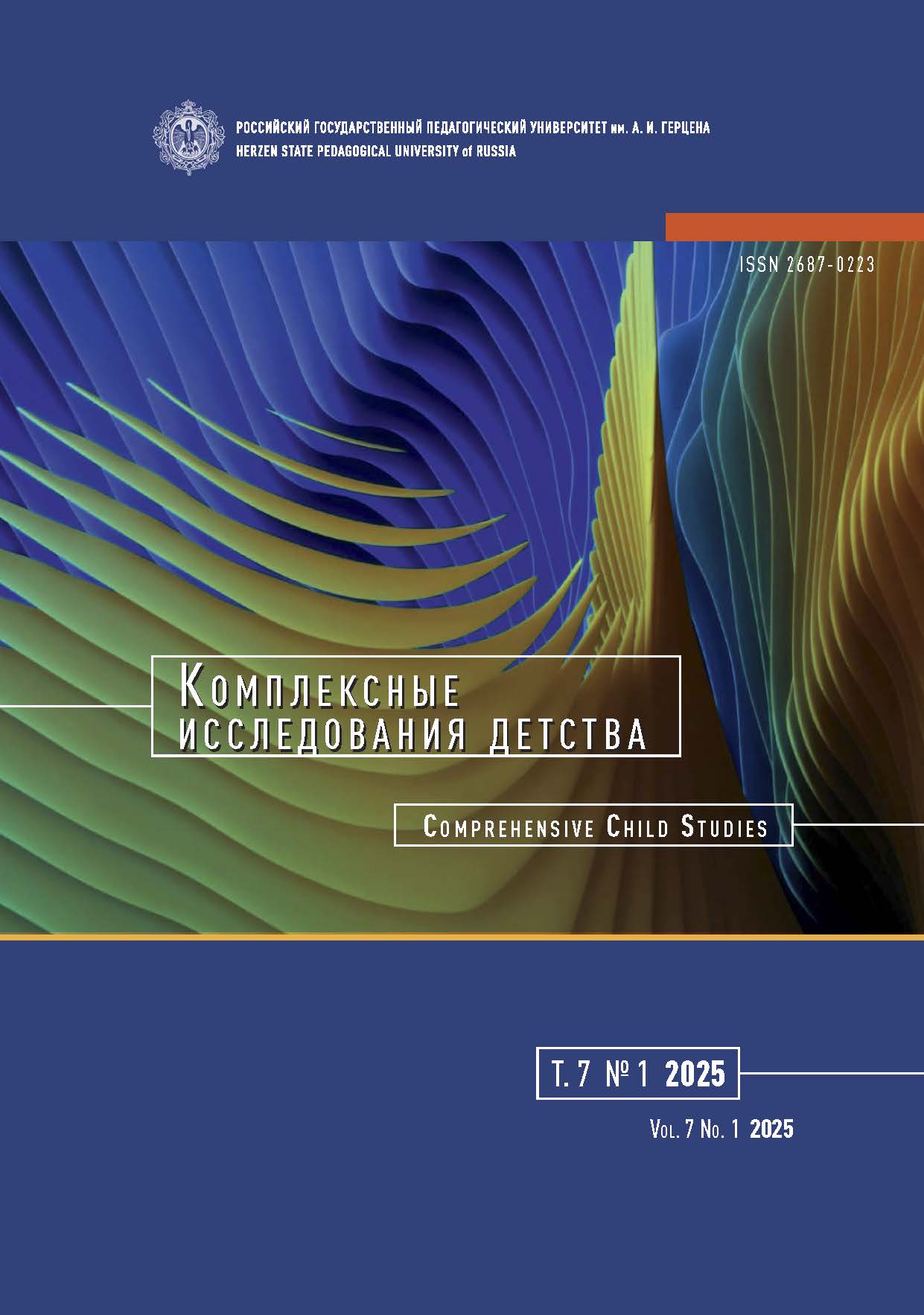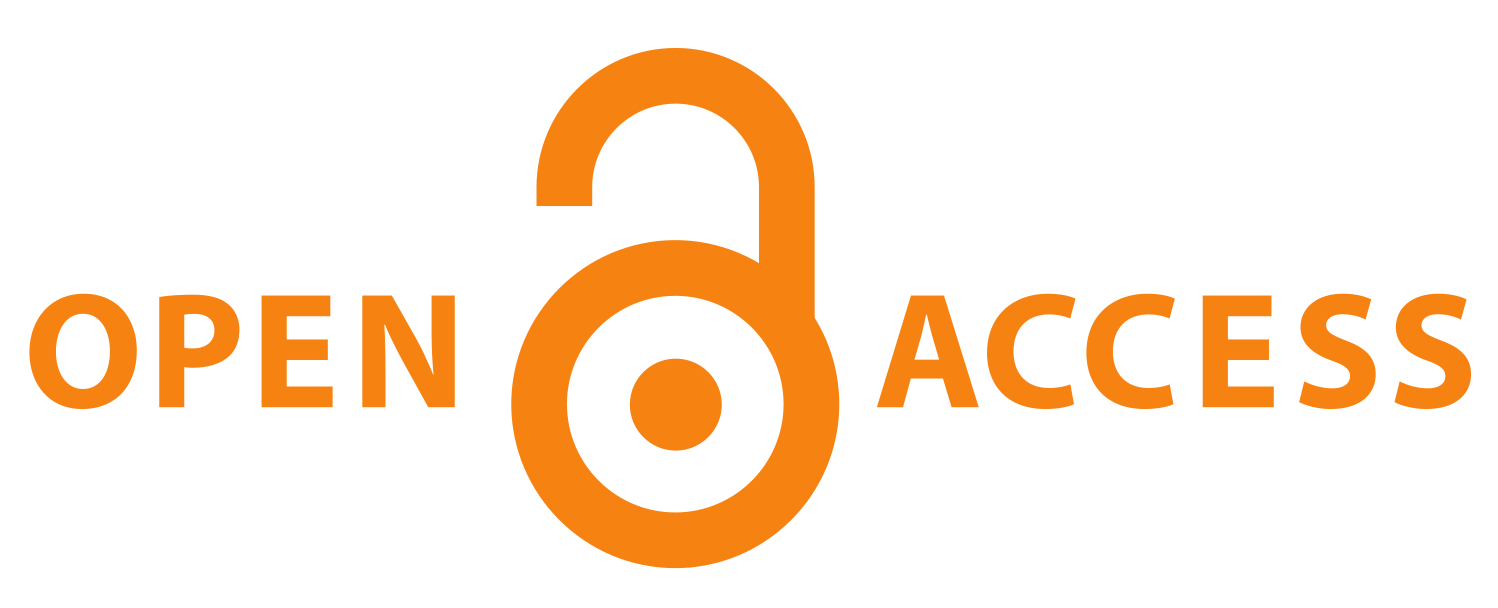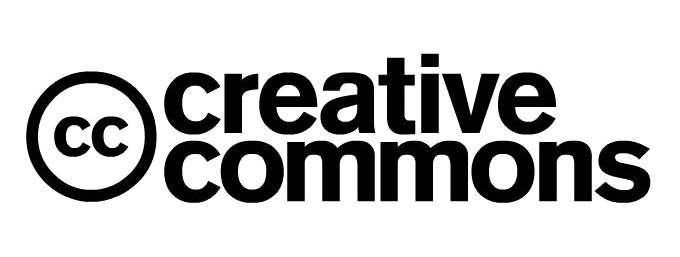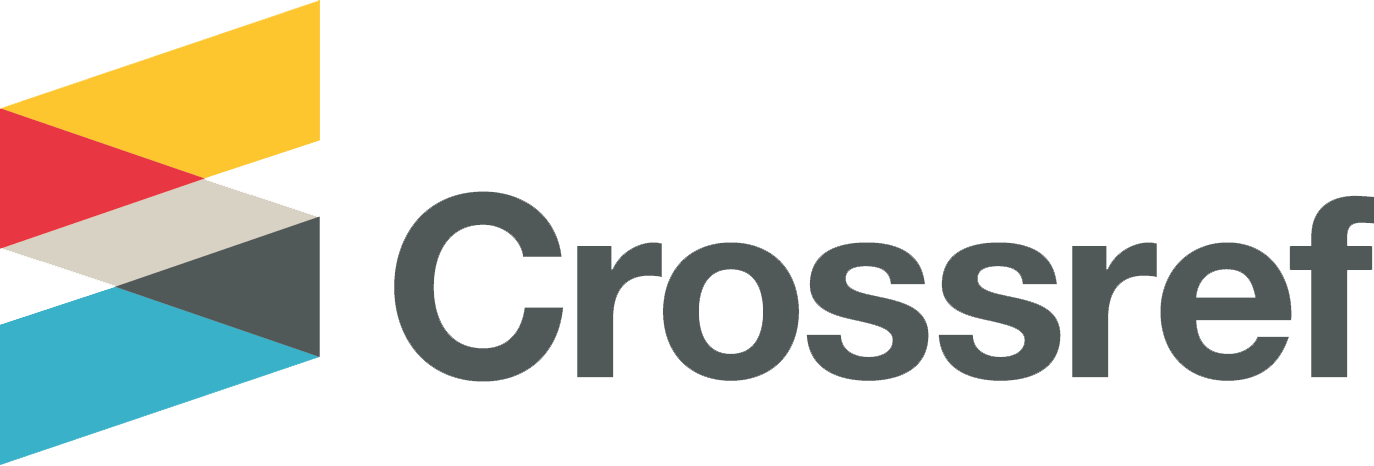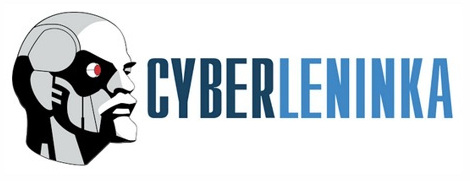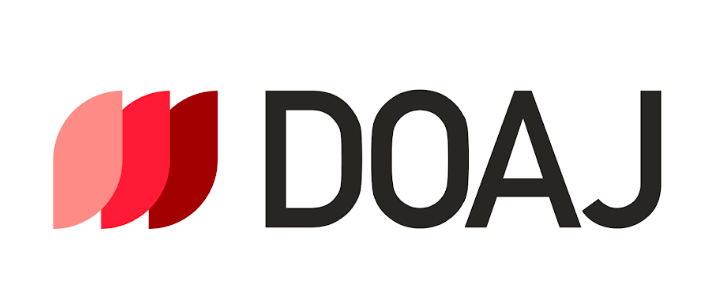Neuroeducation and neuro-didactics: The role of neuroscience in improving the educational process
DOI:
https://doi.org/10.33910/2687-0223-2025-7-1-30-36Keywords:
neuroeducation, neuro-didactics, psychology in education, neuroscience, attention, memory, perceptionAbstract
The article focuses on neuroeducation — an interdisciplinary area which combines the achievements of neuroscience, cognitive psychology and pedagogy to improve the efficiency of the educational process. The article analyzes the prerequisites for the emergence of neuroeducation, including V. I. Vernadsky’s ideas on the importance of psychological sciences and his concept of the ‘psychozoic era’, as well as explores the modern views on the integration of neuroscience into practice. The authors highlight the relevance of neuropsychology in the modern world, where psychology plays a key role in everyday life and in various fields of activity. The authors note that an in-depth understanding of the brain and its plasticity made neuroeducation the basis for new approaches to learning and treatment of learning disorders. The authors emphasize that neuroeducation, as a new direction in science, is based on the study of cognitive functions of the brain — such as attention, memory and emotions — and is aimed at improving the efficiency of learning and treatment of learning disorders. Particular attention is paid to the interdisciplinary role of neuro-didactics, which integrates neurophysiology, cognitive science and theory of learning in order to enhance cognitive activity. The authors highlight the importance of factors influencing successful learning: positive emotions, maintaining attention, stimulating curiosity, and physical activity. The article considers such problems of implementing neuroeducation as insufficient knowledge and difficulties in practical application. The authors argue that integration of knowledge about the brain into the educational process requires a cautious approach and the use of reliable scientific data. Neuroeducation is presented as a promising area capable of transforming modern pedagogy through interdisciplinary approaches and professional development of teachers.
References
ЛИТЕРАТУРА
Баранова, А. С. (2020) Нейрообразование: традиции и современные подходы. В кн.: В. В. Казаченок, И. С. Козловская, Н. В. Брокова (ред.). Международный конгресс по информатике: Информационные системы и технологии (в образовании). Минск: Изд-во Белорусского государственного университета, с. 17–25.
Вернадский, В. И. (1983) Очерки геохимии. М.: Наука, 422 c.
Жасимов, М. М. (2016) Система инвариантного нейрологического образования. М.: Спутник +, 335 c.
Зеер, Э. Ф. (2021) Нейродидактика — инновационный тренд персонализированного образования. Профессиональное образование и рынок труда, № 4, c. 30–38. https://doi.org/10.52944/PORT.2021.47.4.002
Киселева, Ж. И., Валетов, М. Р., Шляпникова, В. В. (2020) Физкультминутки как элемент здоровьесберегающих технологий и средство закрепления программного материала. Азимут научных исследований: педагогика и психология, т. 9, № 3 (32), c. 139–142. https://doi.org/10.26140/anip-2020-0903-0030
Ожегов, С. И. (2006) Толковый словарь русского языка. М.: ИТИ Технологии, 944 c.
Сластенин, В. А., Обухов, А. С. (2024) Психология. М.: Юрайт, 404 c.
Bruer, J. T. (1997) Education and the brain: A bridge too far. Educational Researcher, vol. 26, no. 8, pp. 4–16. https://doi.org/10.3102/0013189X026008004
Echavarría-Ramírez, L. (2013) El proceso de la atención: Una mirada desde la neuropsicología. Instituto Psicopedagógico EOS Perú, vol. 1, no. 1, pp. 15–18.
Johnson, J. (2024) Effect of emotions on learning, memory, and disorders associated with the changes in expression levels: A narrative review. Brain Circulation, vol. 10, no. 2, pp. 134–144. https://doi.org/10.4103/bc.bc_86_23
Jolles, J., Jolles, D. D. (2021) On neuroeducation: Why and how to improve neuroscientific literacy in educational professionals. Frontiers in Psychology, vol. 12, article 752151. https://doi.org/10.3389/fpsyg.2021.752151
Márquez, M. D. (2019) Neuroeducación: Elemento para potenciar el aprendizaje en las aulas del siglo XXI. Educación y Ciencia, vol. 8, no. 52, pp. 66–76.
Martínez-Montes, E., Chobert, J., Besson, M. (2016) Editorial: Neuro-education and neuro-rehabilitation. Frontiers in Psychology, vol. 7, article 1427. https://doi.org/10.3389/fpsyg.2016.01427
Mendoza, L. A. (2010) Aprendizaje, memoria y plasticidad. Temática Psicológica, vol. 6, no. 6, pp. 714. https://doi.org/10.33539/tematpsicol.2010.n6.856
Mora, F. (2013) Neuroeducación: Solo se puede aprender aquello que se ama. Madrid: Alianza Editorial Publ., 240 p.
Pedro Guerrero Ruiz, María Teresa Caro Valverde. (2015) Didáctica de la Lengua y educación literaria. Educatio siglo XXI Revista de la Facultad de Educación, vol. 33, no. 3, pp. 255–258.
Ranz-Alagarda, D., Giménez-Beut, J. A. (2019) Principios educativos y neuroeducación: una fundamentación desde la ciencia. Edetania, no. 55, pp. 155–180. https://doi.org/10.46583/edetania_2019.55.392
Tokuhama Espinosa, T. (2016) Despertando la curiosidad: metodologías de la enseñanza. Neurociencias y Educación. [Online]. Available at: https://es.slideshare.net/slideshow/awakening-curiosity-teaching-methodologies-by-tracey-tokuhamaespinosa-2016/79911721 (accessed 13.11.2024).
Tokuhama Espinosa, T. (2023) A new science of teaching. New science of teaching. Brill. Pp. 176–209. Doi:10.1163/978900450767_010.
REFERENCES
Baranova, A. S. (2020) Nejroobrazovanie: traditsii i sovremennye podkhody. [Neuro education: Traditions and modern approaches]. In: V. V. Kazachenok, I. S. Kozlovskaya, N. V. Brokova (eds.). Mezhdunarodnyj kongress po informatike: Informatsionnye sistemy i tekhnologii (v obrazovanii) [International congress on computer science: Information systems and technologies (in education)]. Minsk: Belarusian State University Publ., pp. 17–25. (In Russian)
Bruer, J. T. (1997) Education and the brain: A bridge too far. Educational Researcher, vol. 26, no. 8, pp. 4–16. https://doi.org/10.3102/0013189X026008004 (In English)
Echavarría-Ramírez, L. (2013) El proceso de la atención: Una mirada desde la neuropsicología [The process of attention: A view from the neuropsychology]. Instituto Psicopedagógico EOS Perú, vol. 1, no. 1, pp. 15–18. (In Spanish)
Johnson, J. (2024) Effect of emotions on learning, memory, and disorders associated with the changes in expression levels: A narrative review. Brain Circulation, vol. 10, no. 2, pp. 134–144. https://doi.org/10.4103/bc.bc_86_23 (In English)
Jolles, J., Jolles, D. D. (2021) On neuroeducation: Why and how to improve neuroscientific literacy in educational professionals. Frontiers in Psychology, vol. 12, article 752151. https://doi.org/10.3389/fpsyg.2021.752151 (In English)
Kiseleva, Zh. I., Valetov, M. R., Shlyapnikova, V. V. (2020) Fizkul’tminutki kak element zdorov’esberegayushchikh tekhnologij i sredstvo zakrepleniya programmnogo materiala [Physical flexing as the element of health-saving technologies and means of fixation of the program material]. Azimut nauchnyh issledovanij: pedagogika i psihologiya — Azimuth of Scientific Research: Pedagogy and Psychology, vol. 9, no. 3 (32), pp. 139–142. https://doi.org/10.26140/anip-2020-0903-0030 (In Russian)
Márquez, M. D. (2019) Neuroeducación: elemento para potenciar el aprendizaje en las aulas del siglo XXI [Neuroeducation: Elements to enhance learning in the classrooms of the 21st century]. Educación y Ciencia, vol. 8 no. 52, pp. 66–76. (In Spanish)
Martínez-Montes, E., Chobert, J., Besson, M. (2016) Neuro-education and neuro-rehabilitation. Frontiers in Psychology, vol. 7, article 1427. https://doi.org/10.3389/fpsyg.2016.01427 (In English)
Mendoza, L. A. (2010) Aprendizaje, memoria y plasticidad [Learning, memory and neuroplasticity]. Temática Psicológica, vol. 6, no. 6, pp. 7–14. https://doi.org/10.33539/tematpsicol.2010.n6.856 (In Spanish)
Mora, F. (2013) Neuroeducación: Solo se puede aprender aquello que se ama [Neuroeducation: You can only learn what you love]. Madrid: Alianza Editorial Publ., 240 p. (In Spanish)
Nouri, A., Tokuhama Espinosa, T. N., Borja, C. (2022) Crossing mind, brain and education boundaries. Cambridge: Cambridge Scholars Publ., 218 p. (In English).
Ozhegov, S. I. (2006) Tolkovyj slovar’ russkogo yazyka [Explanatory Dictionary of the Russian Language]. Moscow: ITI Technologies Publ., 944 p. (In Russian).
Pedro Guerrero Ruiz, María Teresa Caro Valverde. (2015) Didáctica de la Lengua y educación literaria. Educatio siglo XXI Revista de la Facultad de Educación, vol. 33, no. 3, pp. 255–258. (In Spanish).
Ranz-Alagarda, D., Giménez-Beut, J. A. (2019) Principios educativos y neuroeducación: Una fundamentación desde la ciencia edetania [Educational principles and neuroeducation: A science-based foundation]. Edetania, no. 55, pp. 155–180. https://doi.org/10.46583/edetania_2019.55.392 (In Spanish).
Slastenin, V. A., Obukhov, A. S. (2024) Psikhologiya [Psychology]. Moscow: Yurajt Publ., 404 p. (In Russian)
Tokuhama-Espinosa, T. (2016) Despertando la curiosidad: Metodologías de la enseñanza [Awakening curiosity: Teaching methodologies]. Neurociencias y Educación. [Online]. Available at: https://es.slideshare.net/slideshow/ awakening-curiosity-teaching-methodologies-by-tracey-tokuhamaespinosa-2016/79911721 (accessed 13.11.2024) (In Spanish).
Tokuhama Espinosa, T. (2023) A new science of teaching. New science of teaching. Brill. Pp. 176–209. https://doi.org/10.1163/978900450767_010. (In English).
Vernadskj, V. I. (1983) Ocherki geokhimii [Essays on Geochemistry]. Moscow: Nauka Publ., 422 p. (In Russian).
Zeer, E. F. (2021) Nejrodidaktika — innovatsionnyj trend personalizirovannogo obrazovaniya [Neurodidactics is an innovative trend in personalized education]. Professional’noe obrazovanie i rynok truda — Vocational Education and Labor Market, no. 4, pp. 30–38. https://doi.org/10.52944/PORT.2021.47.4.002 (In Russian)
Zhasimov, M. M. (2016) Sistema invariantnogo neirologicheskigo obrasovaniya [The system of invariant neurological education]. Moscow: Sputnik + Publ., 336 p. (In Russian)
Downloads
Published
Issue
Section
License
Copyright (c) 2025 Anastasia A. Zhabina, Irina M. Dekhanova

This work is licensed under a Creative Commons Attribution-NonCommercial 4.0 International License.
The work is provided under the terms of the Public Offer and of Creative Commons public license Creative Commons Attribution 4.0 International (CC BY 4.0).
This license permits an unlimited number of users to copy and redistribute the material in any medium or format, and to remix, transform, and build upon the material for any purpose, including commercial use.
This license retains copyright for the authors but allows others to freely distribute, use, and adapt the work, on the mandatory condition that appropriate credit is given. Users must provide a correct link to the original publication in our journal, cite the authors' names, and indicate if any changes were made.
Copyright remains with the authors. The CC BY 4.0 license does not transfer rights to third parties but rather grants users prior permission for use, provided the attribution condition is met. Any use of the work will be governed by the terms of this license.
